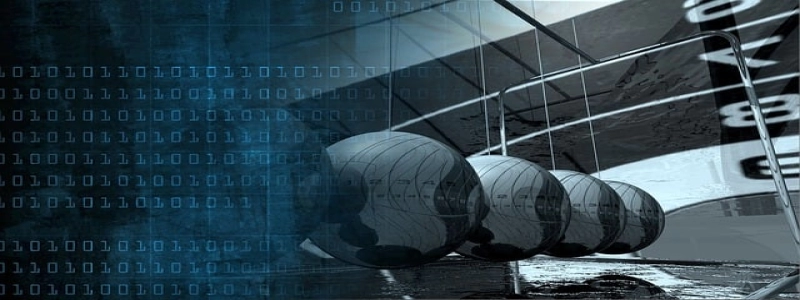Coaxial Fixed Attenuator
I. Introduction
A. Definition of Coaxial Fixed Attenuator
B. Importance of Coaxial Fixed Attenuator in Communication Systems
II. Working Principle
A. Overview of Coaxial Fixed Attenuator’s Structure
B. Explanation of Attenuation Mechanism
III. Types of Coaxial Fixed Attenuators
A. Pi Attenuator
B. T Attenuator
C. Voltage Divider Attenuator
IV. Applications
A. Signal Level Adjustment in Communication Systems
B. Test and Measurement Equipment
C. Broadcasting Systems
V. Advantages of Coaxial Fixed Attenuators
A. Precise Attenuation Levels
B. Low VSWR (Voltage Standing Wave Ratio)
C. Broad Frequency Range
VI. Limitations and Considerations
A. Power Handling
B. Temperature Effects
C. Size and Cost
VII. Selection Guide for Coaxial Fixed Attenuators
A. Desired Attenuation Level
B. Frequency Range
C. Power Handling Capability
VIII. Installation and Maintenance Tips
A. Proper Connector Alignment
B. Regular Cleaning and Inspection
C. Protection against Environmental Factors
IX. Conclusion
A. Summary of Coaxial Fixed Attenuator’s Benefits
B. Future Developments in Coaxial Attenuation Technology
In this article, we will explore the topic of coaxial fixed attenuators. We will begin by defining what a coaxial fixed attenuator is and discuss its importance in communication systems.
A coaxial fixed attenuator is a device used to reduce the power or amplitude of a signal without causing distortion. It is commonly used in communication systems to adjust signal levels and prevent overload in sensitive components. This allows for proper transmission and reception of signals.
The working principle of a coaxial fixed attenuator involves the use of resistors that are connected in a specific configuration. The attenuation mechanism is achieved by diverting a portion of the input signal power through the resistors, thereby reducing the overall power of the signal.
There are several types of coaxial fixed attenuators available, including the Pi attenuator, T attenuator, and Voltage Divider attenuator. Each type has its own unique configuration and characteristics, allowing for different levels of attenuation based on the specific requirements of the system.
Coaxial fixed attenuators find extensive applications in various industries. They are commonly used in communication systems for signal level adjustment and to prevent damage to sensitive equipment. They are also utilized in test and measurement equipment to ensure accurate readings. Additionally, coaxial fixed attenuators play a crucial role in broadcasting systems to maintain signal integrity.
One of the key advantages of coaxial fixed attenuators is their ability to provide precise attenuation levels. This allows for fine-tuning of signal levels in communication systems. They also offer low VSWR (Voltage Standing Wave Ratio), which ensures minimal signal reflection and maximum transmission efficiency. Moreover, coaxial fixed attenuators have a broad frequency range, making them suitable for a variety of applications.
However, there are some limitations to consider when using coaxial fixed attenuators. These include power handling capabilities, temperature effects, as well as size and cost. It is important to choose an attenuator that can handle the power levels of the system without causing damage. Temperature variations can also affect the accuracy of attenuation levels, so proper thermal management is necessary. Additionally, the physical size and cost of the attenuator should be considered to ensure compatibility and affordability.
When selecting a coaxial fixed attenuator, it is essential to consider factors such as the desired attenuation level, frequency range, and power handling capability. These specifications will vary depending on the specific requirements of the system.
Proper installation and maintenance of coaxial fixed attenuators are crucial for optimal performance. Ensuring proper connector alignment and regularly cleaning and inspecting the attenuator can prevent signal loss and damage. Additionally, protecting the attenuator from environmental factors such as moisture and temperature extremes is essential for longevity.
In conclusion, coaxial fixed attenuators are vital components in communication systems, providing precise and controlled signal attenuation. They offer various advantages such as precise attenuation levels, low VSWR, and a broad frequency range. However, it is essential to carefully consider their limitations and select the appropriate attenuator based on specific requirements. Proper installation and maintenance practices will ensure optimal performance and longevity.








